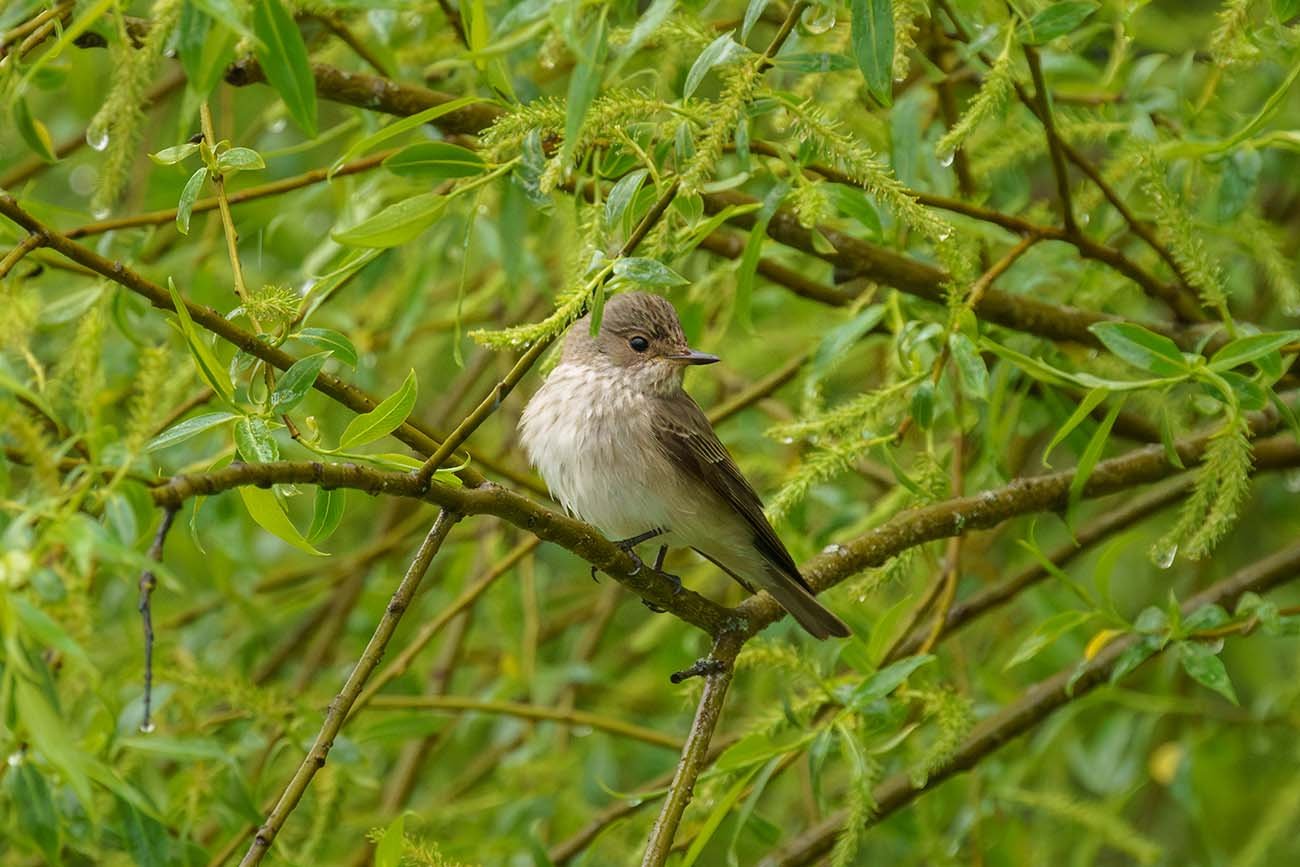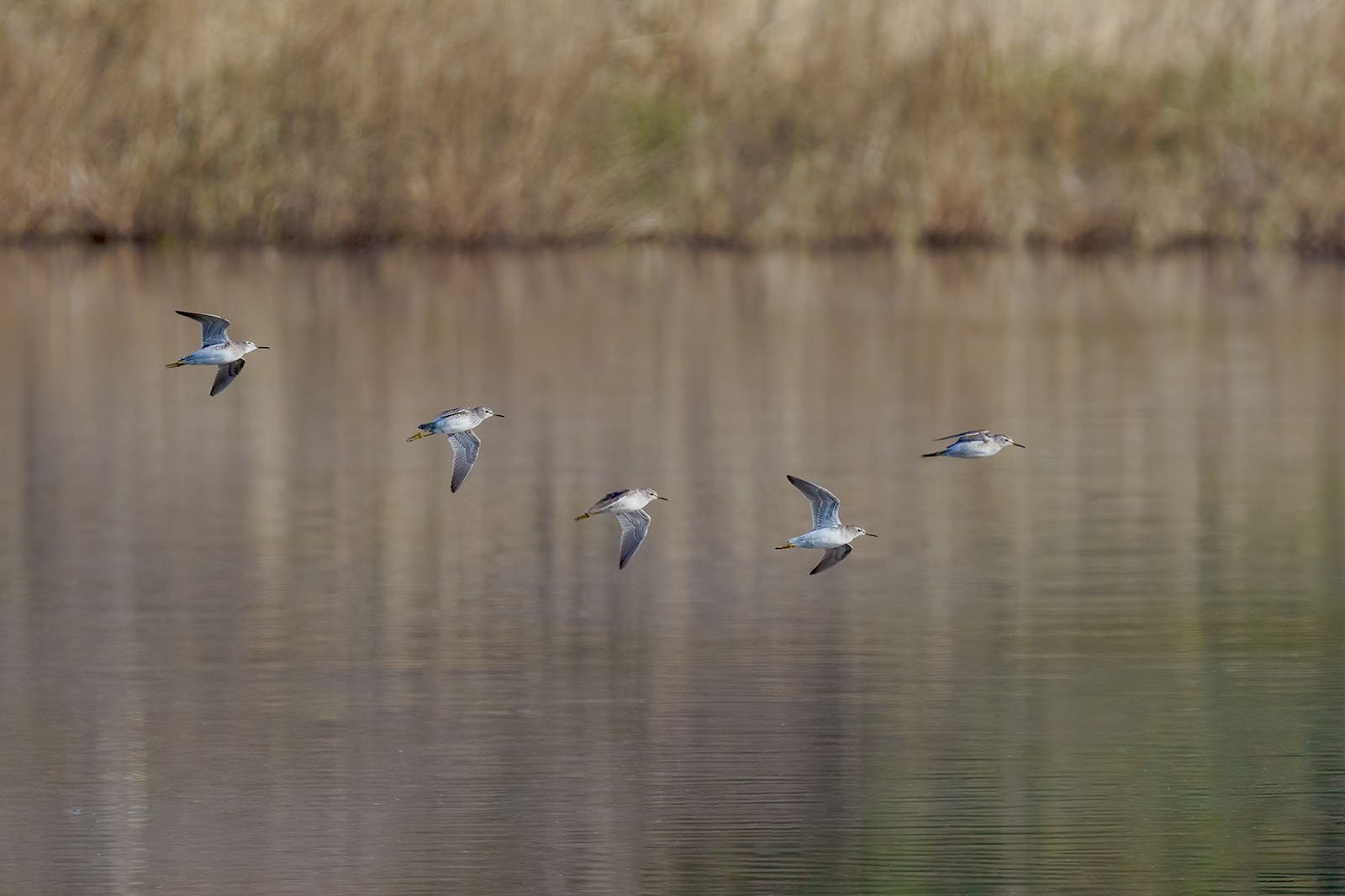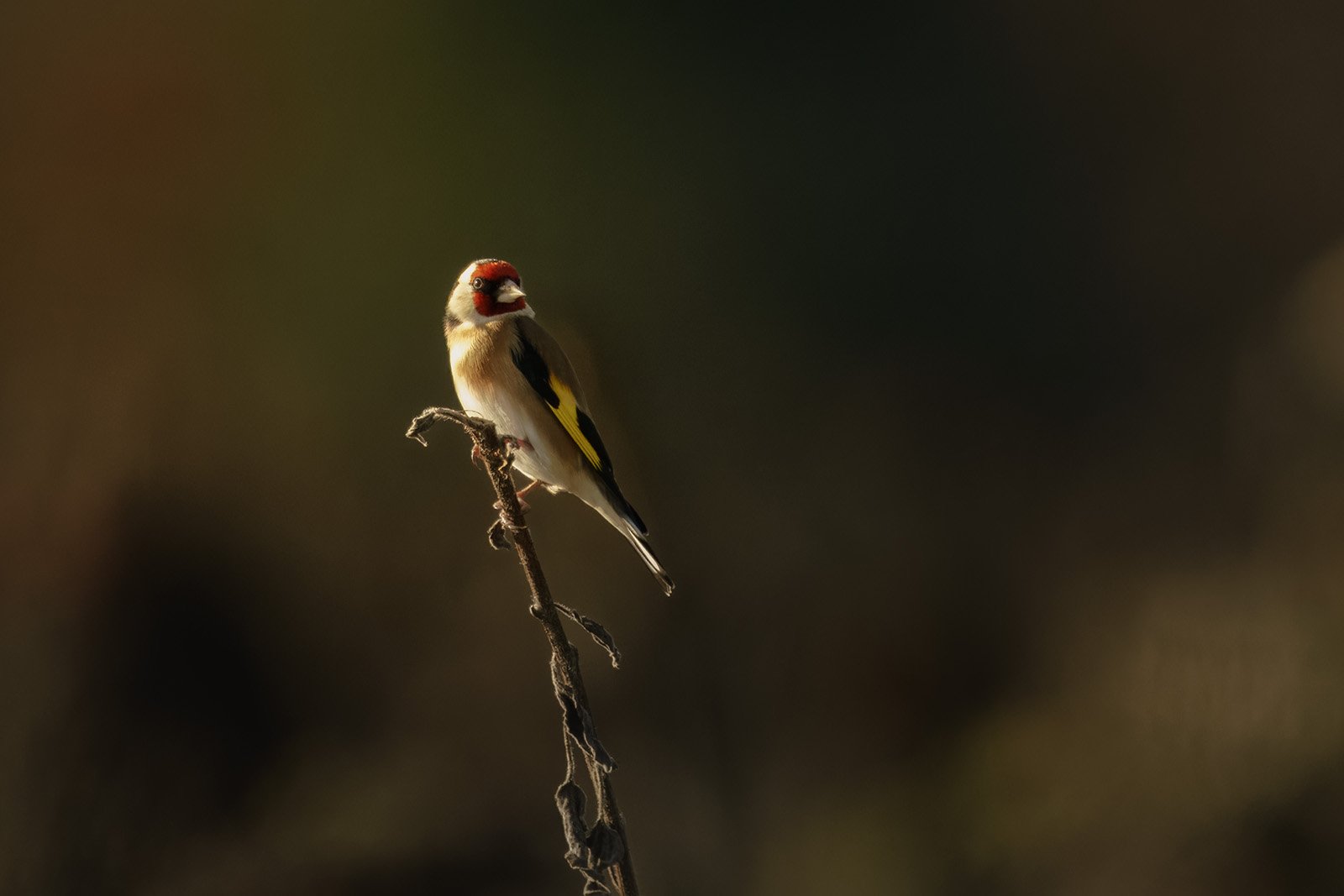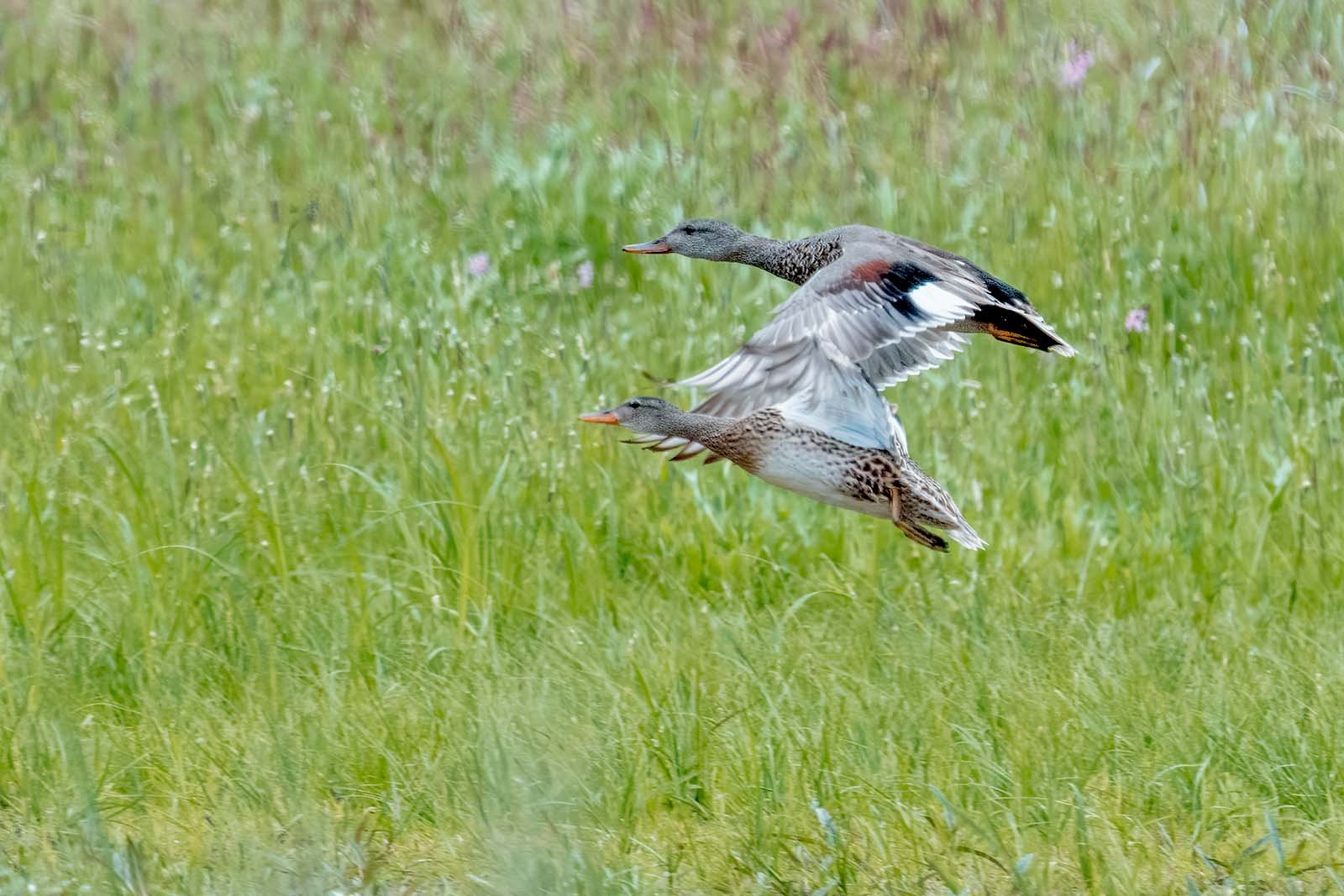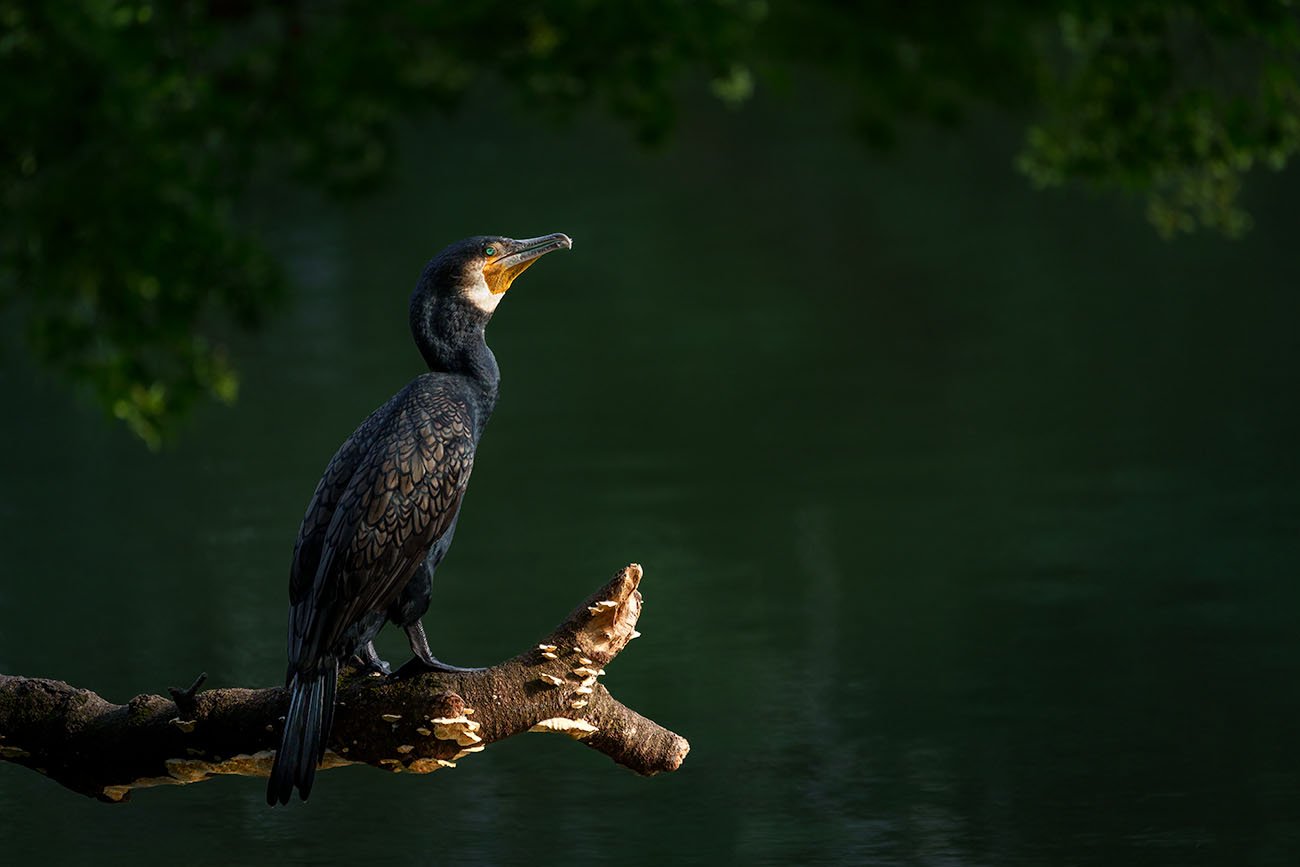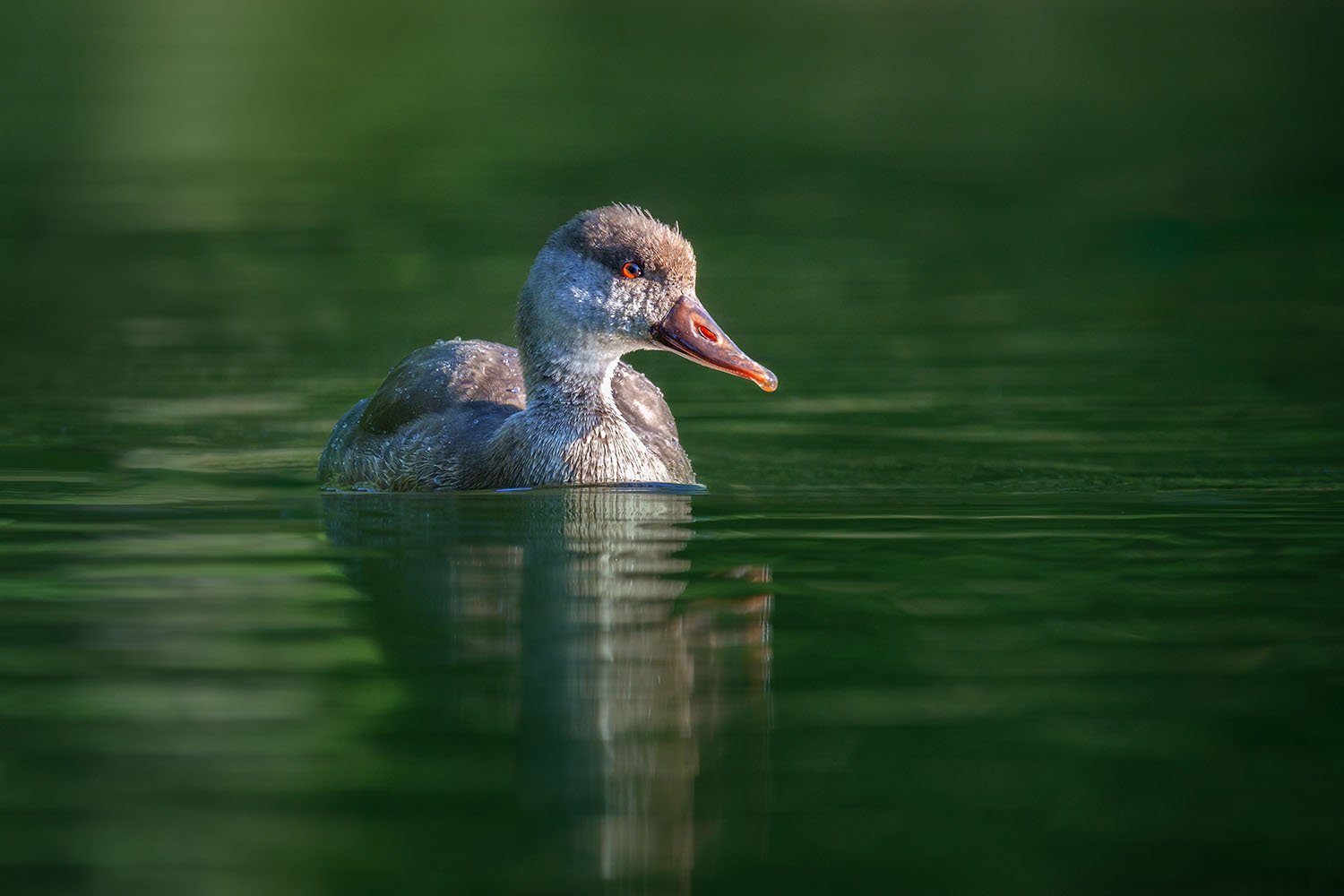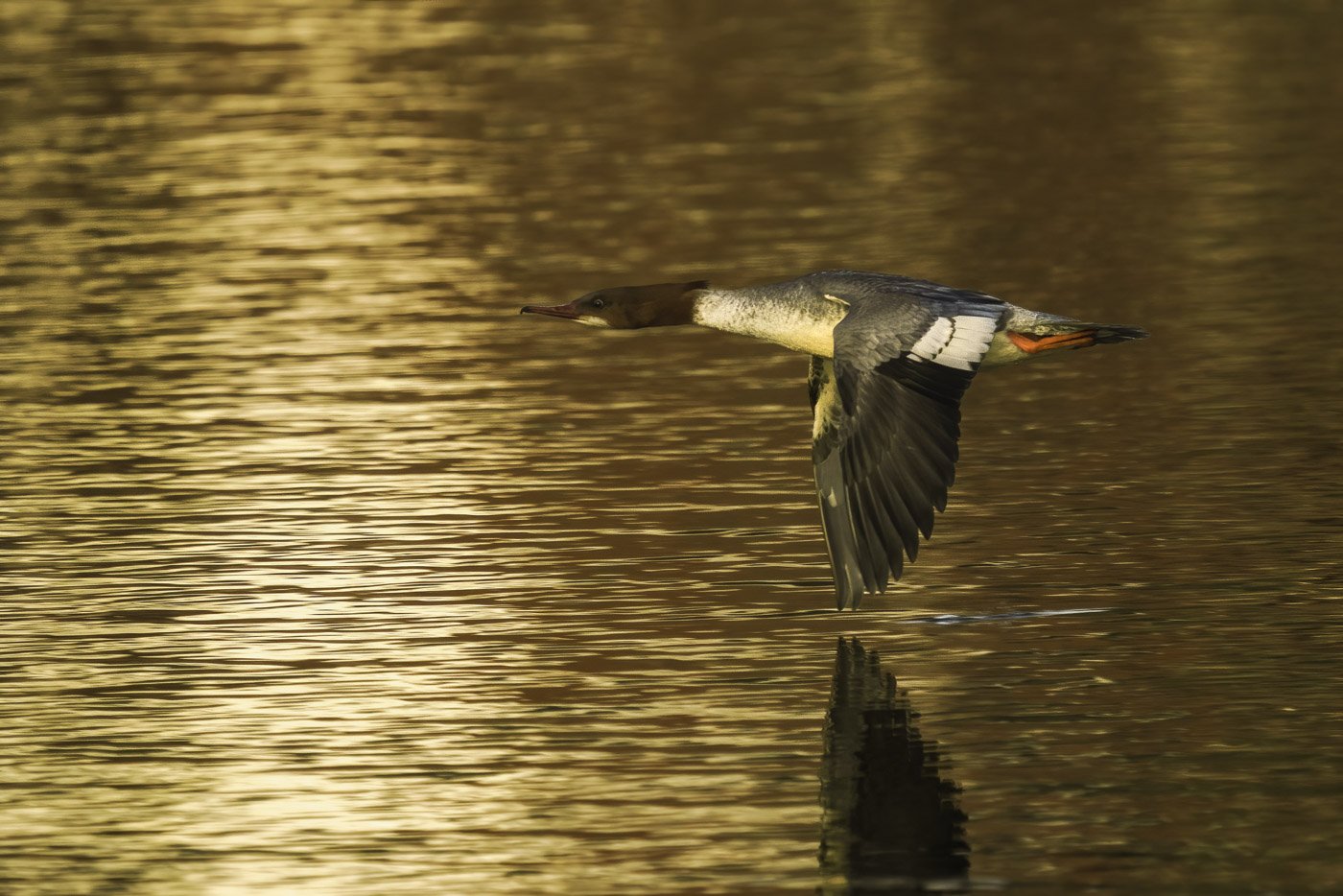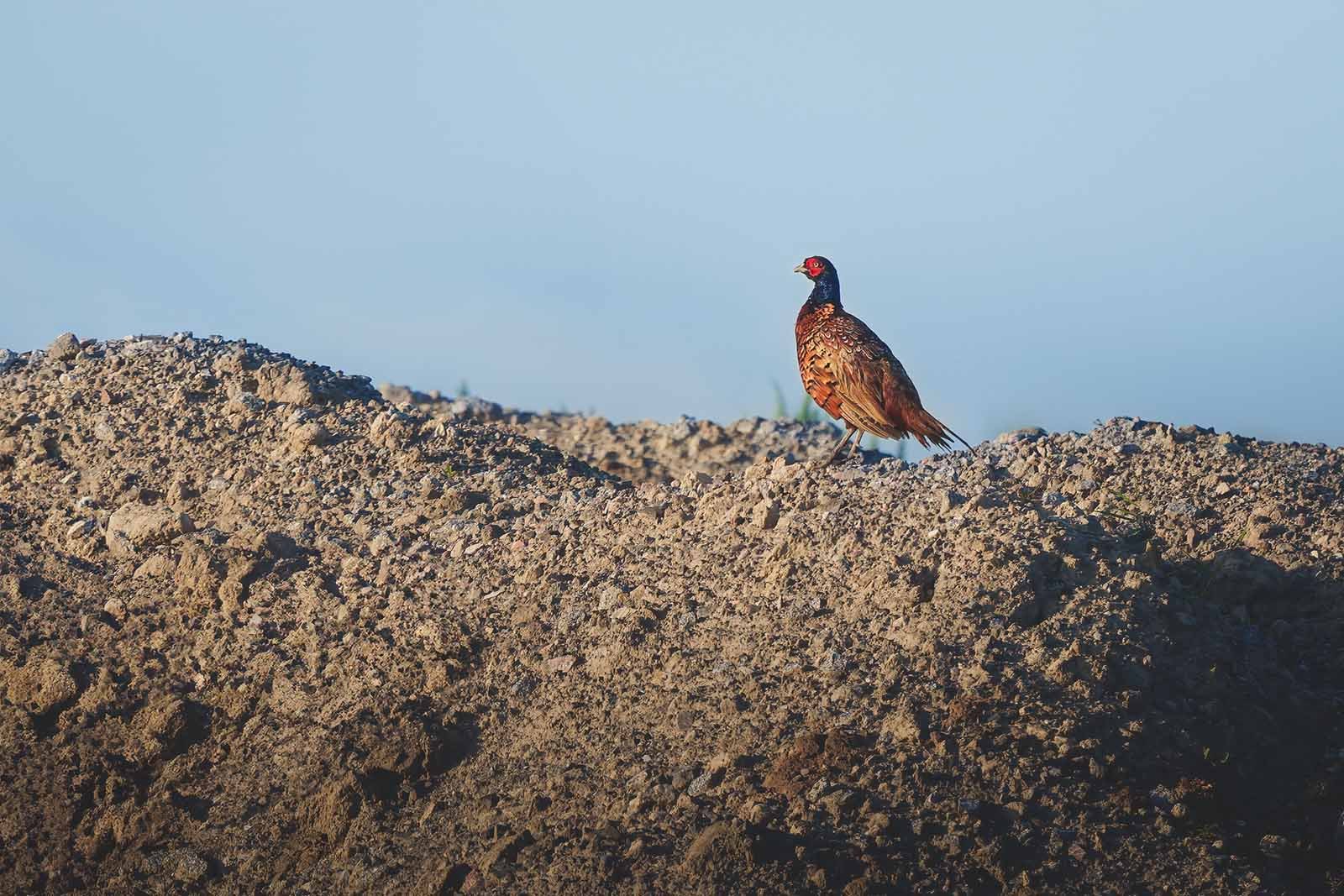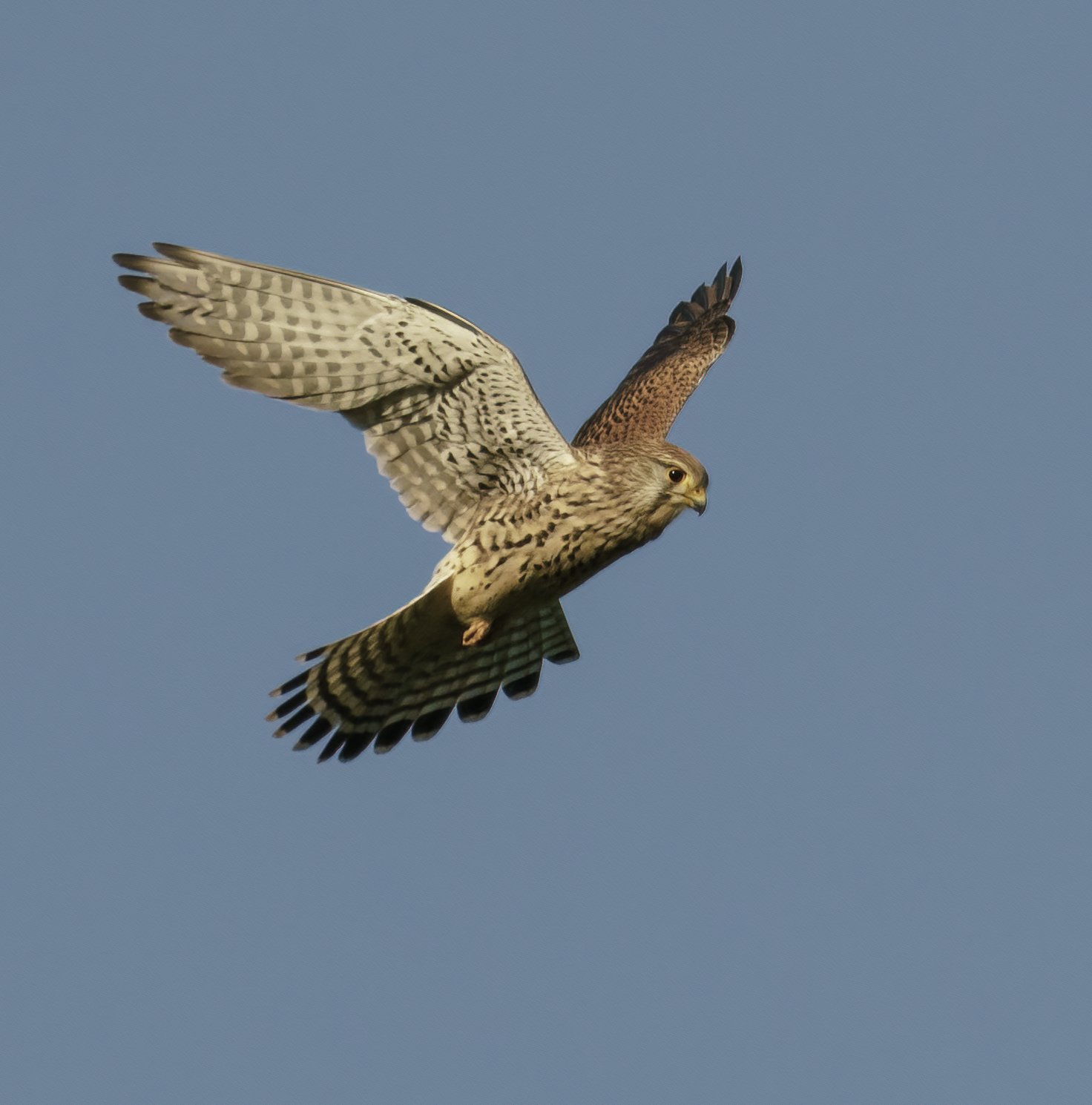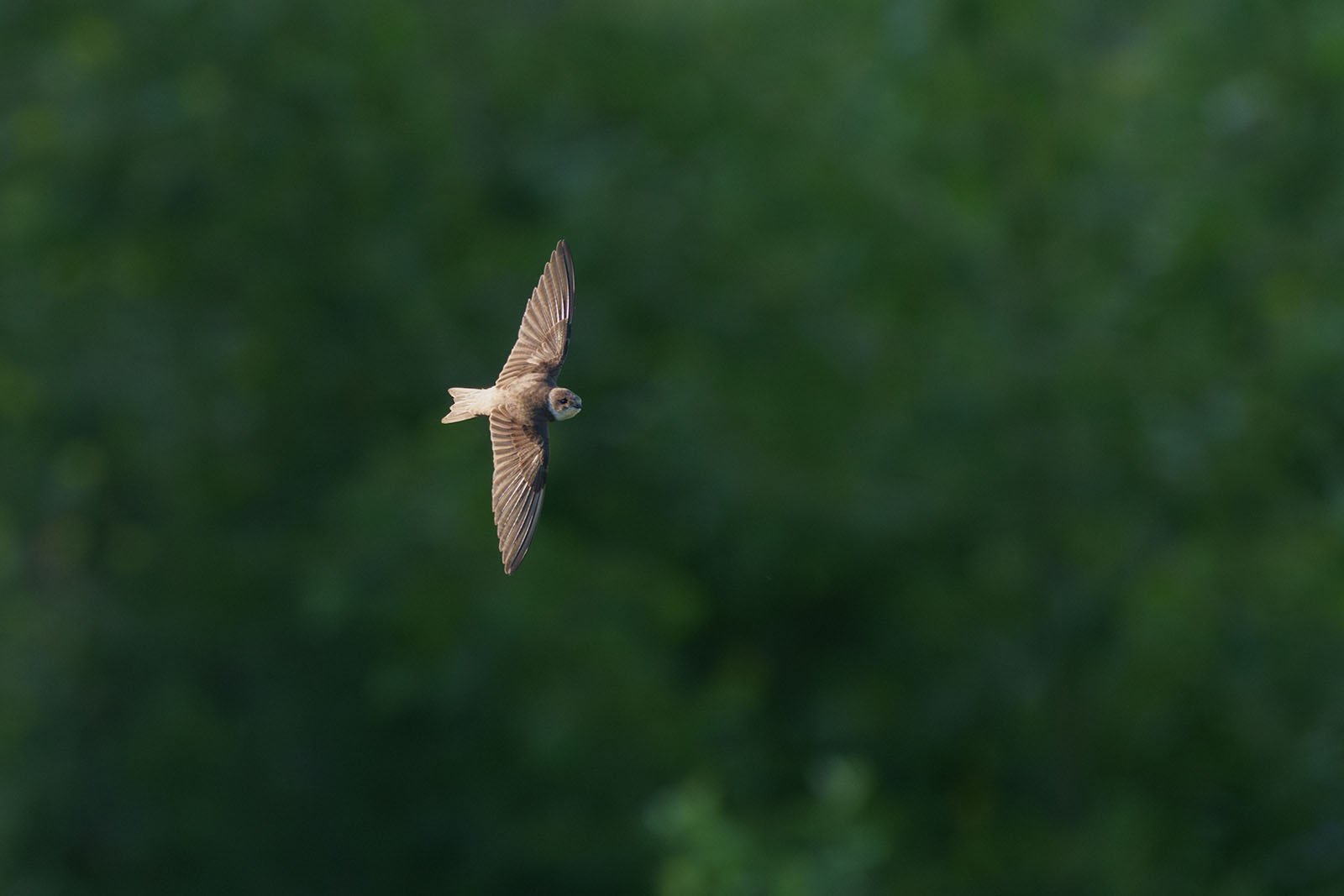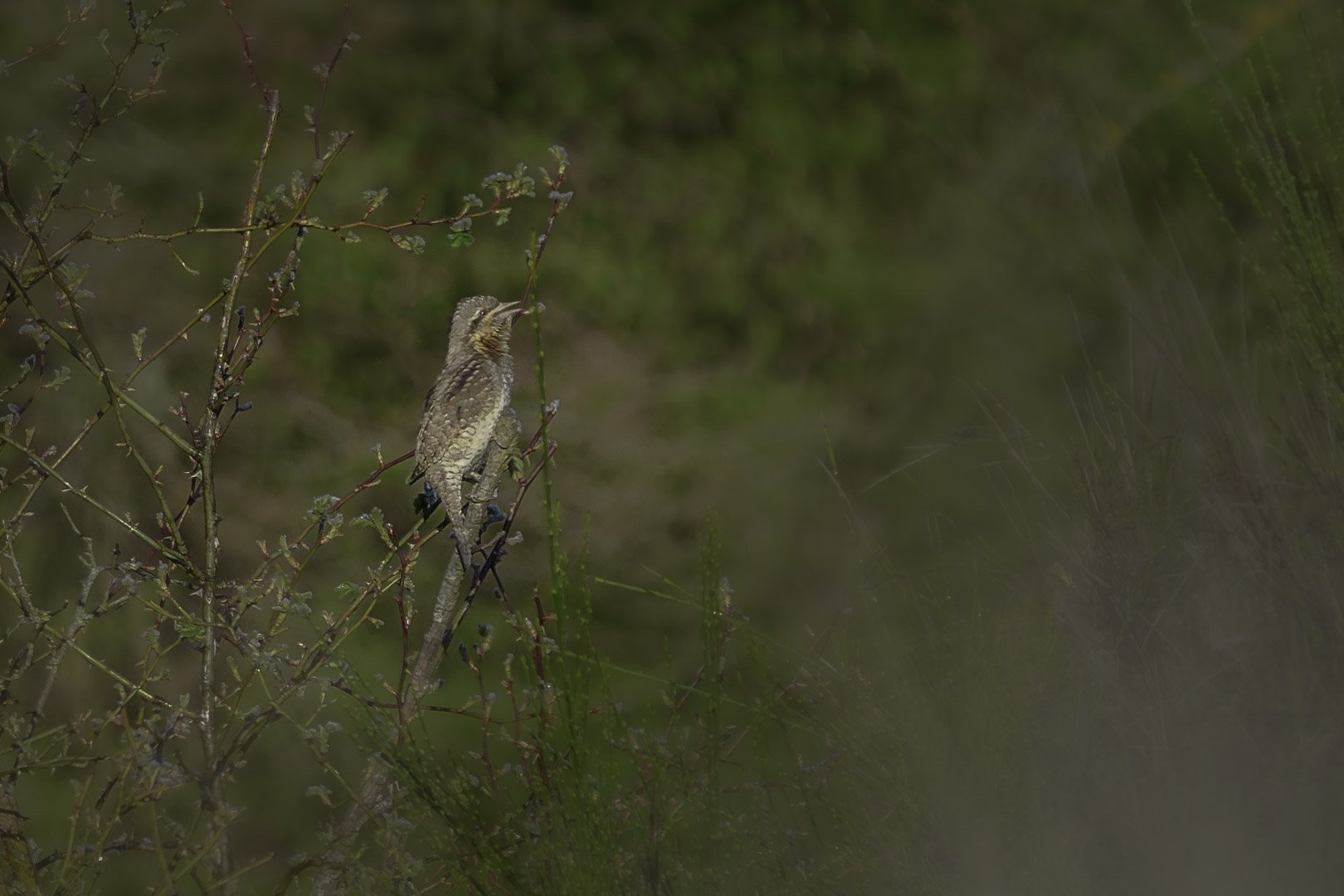Mute swan (Cygnus olor)
Mute swan (Cygnus olor) – I took this photo in Bavaria, Germany
Key data
Size: 160 cm
Weight: 10 - 14,3 Kg
Diet: Aquatic plants
Season: Both migratory and non-migratory
Observation tip: Lakes, park and fishponds, bays, and river courses
Photography tips:
Lens: 200 mm or greater
Difficulty level: Easy
The mute swan (Cygnus olor) belongs to the genus of swans (Cygnus) within the family of waterfowl (Anatidae) and the subfamily of geese (Anserinae). This bird species is semi-domesticated and widespread in Central Europe. It prefers lakes, park and fishponds, shallow bays, and open river courses in winter. The species is named after the black knob at the base of its bill. Swans have few natural predators in Central Europe, but mute swans are a huntable species in Germany, with several thousand shot every year. The strong territoriality of the swans during the breeding season and losses during severe winters contribute to the regulation of the population.
With a body length of up to 160 centimeters and a wingspan of 240 centimeters, the mute swan is impressively large. Adult males typically weigh between 10.6 and 13.5 kilograms, with individual specimens weighing up to 14.3 kilograms. In comparison, the body weight of females is significantly lower, usually not exceeding 10 kilograms. Due to its size, the mute swan is the largest native waterbird in Central Europe and is one of the heaviest flying birds worldwide.
The mute swan mainly feeds on aquatic plants and the small animals that live on them, such as mussels, snails, and water lice, which it reaches by dipping its long neck under the water. It dives to depths of 70 to 90 centimeters. On land, it also eats grass and cereal plants, mainly in late winter when underwater vegetation becomes scarce. It prefers rape fields the most, while grassland is rarely used as a food area. The feeding phase starts about three hours after sunrise in winter and lasts until dusk. In spring, the proportion of aquatic plants in the diet increases again. During the summer, mute swans only search for food in the water. It is important to mention that mute swans are incapable of catching free-swimming animals.
Since the food requirement of mute swans is very high, mature swans eat up to four kilograms of aquatic plants per day during the molting phase. The food requirement of paired females is particularly high, as they hardly eat during the breeding phase and must therefore build up appropriate food reserves.


